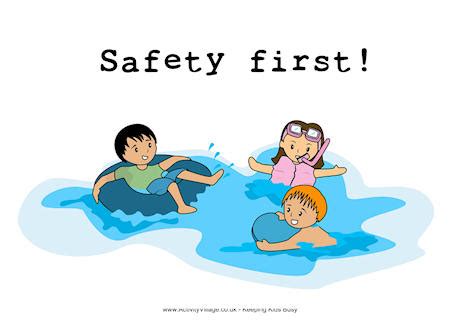Safety First: Pool-House Distance Regulations
Building your dream pool house is exciting, but ensuring it's safely positioned relative to your swimming pool is crucial. Ignoring the necessary distances can lead to accidents, legal issues, and even invalidate your homeowner's insurance. This guide delves into the complexities of pool-house distance regulations, helping you understand the requirements and build a safe and enjoyable outdoor oasis.
Understanding the Importance of Pool-House Distance Regulations
The primary reason for pool-house distance regulations is safety. Maintaining a sufficient distance between the pool and any structure, including a pool house, minimizes the risk of accidents. For example, a child running from the pool house could easily slip and fall into the pool if it's too close. Similarly, proximity can complicate emergency access for rescue personnel. These regulations aren't arbitrary; they're designed to protect life and prevent injuries.
What Factors Determine the Required Distance?
Unfortunately, there's no single, universally applicable distance requirement. The regulations vary significantly based on several crucial factors:
- Local building codes: These are the most important factor. Your local government (county or municipality) sets specific regulations for pool-house distances. These codes often consider factors like the pool's size, type, and the presence of fencing. Always check with your local building department before starting any construction.
- Type of pool: Inground pools typically require more distance than above-ground pools due to their permanence and potential for greater depth.
- Pool size: Larger pools may necessitate greater distances for safety and access.
- Presence of fencing: Proper fencing around the pool can sometimes reduce the required distance between the pool and the pool house. However, even with fencing, minimum distances often remain in place.
How to Find Your Local Pool-House Distance Regulations
Finding the specific regulations for your area isn't always intuitive. Here's how to locate the information you need:
- Contact your local building department: This is the most reliable source. They can provide you with the exact codes and any relevant permits you'll need.
- Check your homeowner's association (HOA) rules: If you live in a community governed by an HOA, their rules may impose additional restrictions beyond local building codes.
- Consult with a licensed architect or contractor: Professionals familiar with local building codes can provide valuable guidance and ensure your project complies with all regulations.
Frequently Asked Questions (PAA)
Here are some common questions regarding pool-house distance regulations that we'll address:
What are the typical minimum distances between a pool house and a swimming pool?
There's no single "typical" minimum distance. It varies widely based on your local building codes, but you might find minimum distances ranging from a few feet to several feet, depending on the specific circumstances. Checking with your local authorities is essential.
Does the type of pool house construction matter?
While the building materials of the pool house itself might not directly impact the required distance from the pool, the local building code might have specific requirements regarding the construction and safety aspects of the pool house, regardless of its distance from the pool. For instance, there might be regulations regarding the use of flammable materials near the pool.
Do I need a permit to build a pool house near my pool?
Almost certainly, yes. Building any structure, including a pool house, typically requires a permit from your local building department. Failure to obtain the necessary permits can result in fines and potential demolition of the structure.
Can landscaping affect the required distance?
Landscaping doesn't usually directly affect the minimum distance required by code. However, dense landscaping could obstruct emergency access to the pool area, potentially leading to complications during an emergency. Keep this in mind during your landscaping design.
What happens if I don't follow the pool-house distance regulations?
Failing to comply with pool-house distance regulations can have serious consequences, including:
- Fines: Significant penalties can be imposed for violating building codes.
- Demolition order: You may be ordered to demolish the pool house.
- Insurance issues: Your homeowner's insurance might be invalidated or your claim denied if an accident occurs due to non-compliance.
- Liability in case of accidents: You may face legal liability if someone is injured due to the unsafe proximity of the pool house.
Conclusion:
Building a safe and enjoyable pool house requires careful planning and adherence to local regulations. Prioritize safety by thoroughly researching and complying with your local building codes and HOA rules before commencing construction. Always remember that consulting with the appropriate professionals is crucial to ensure a smooth and compliant building process. Don't risk your safety and financial well-being – safety should always come first!

